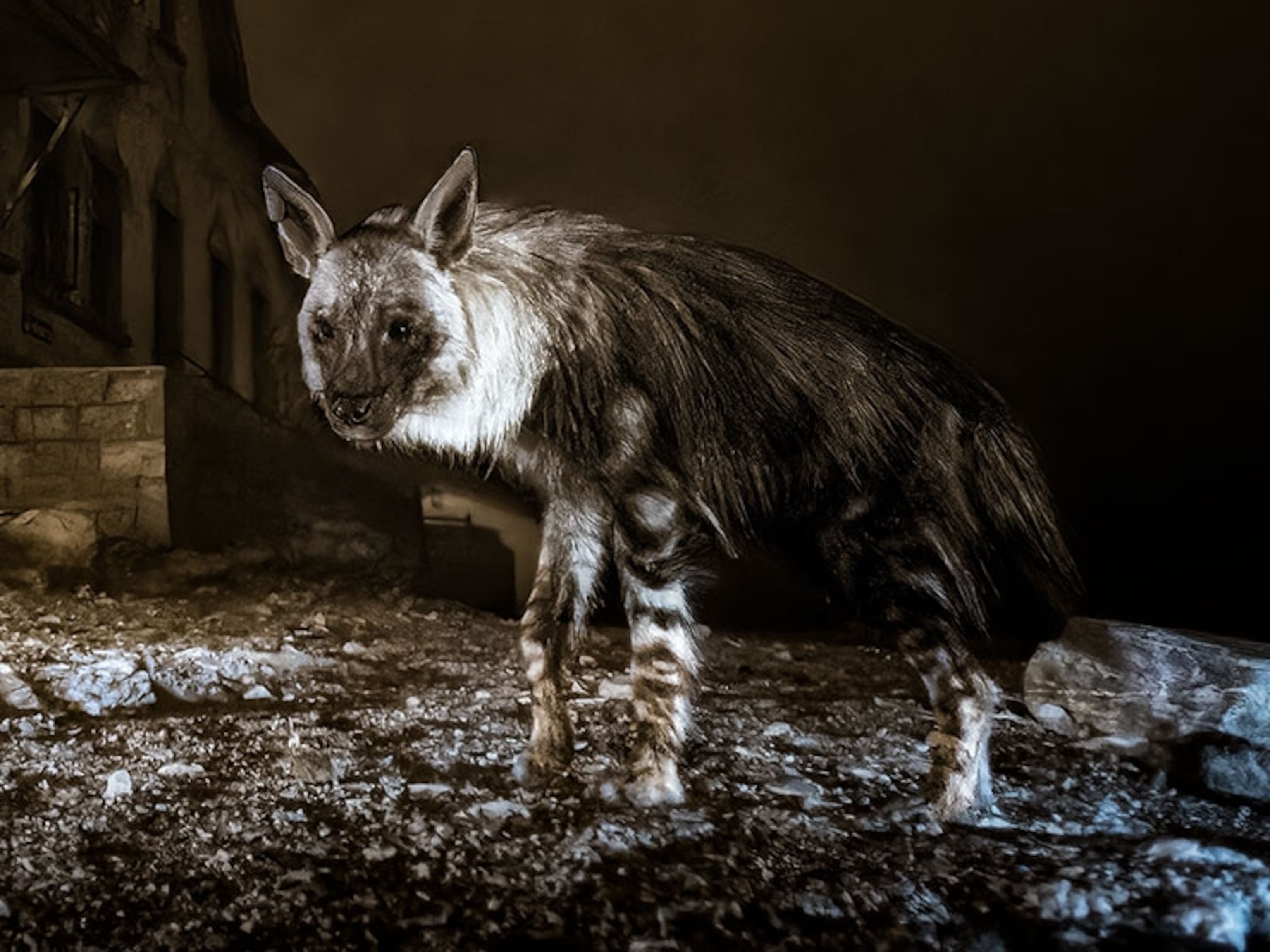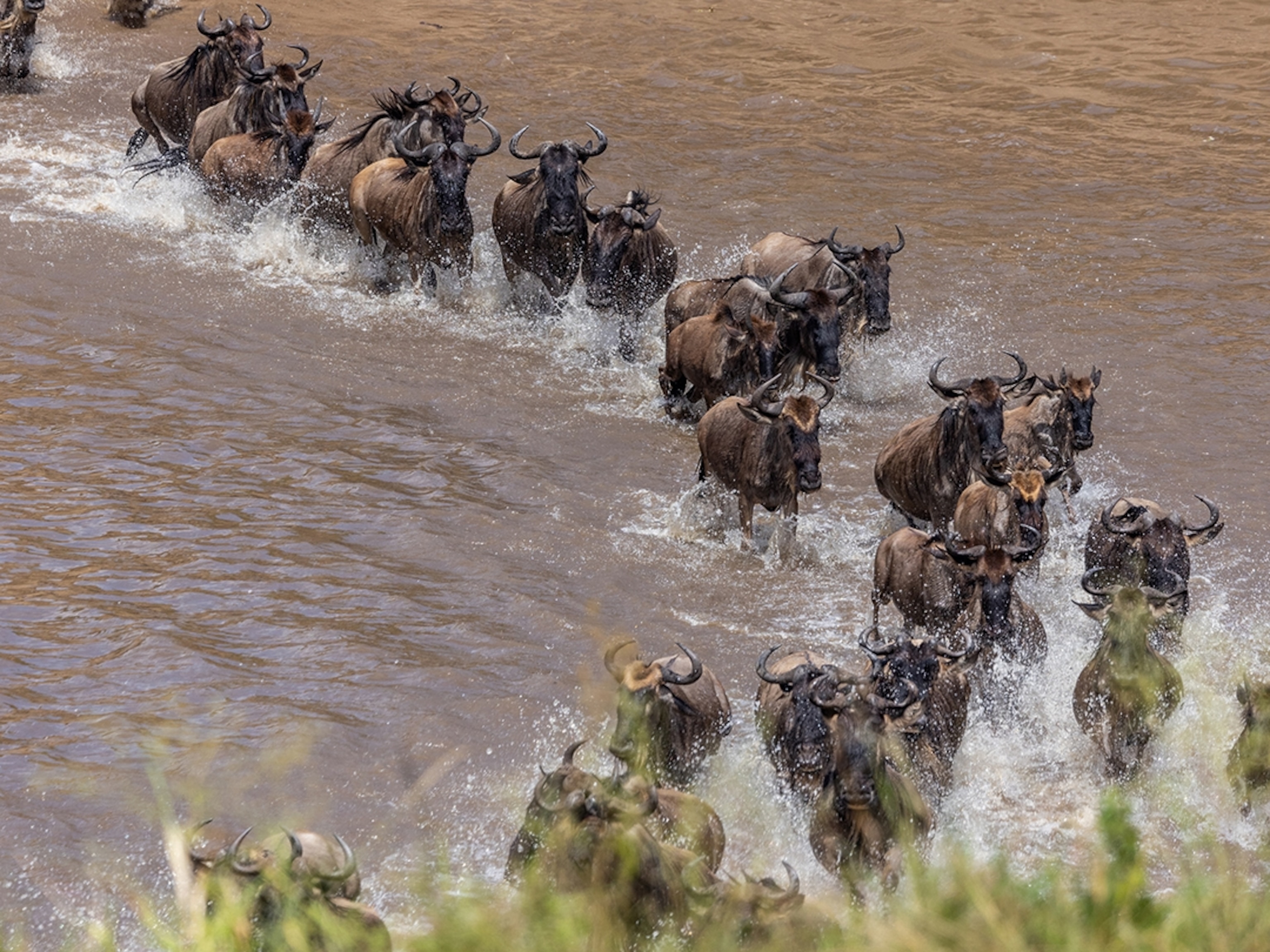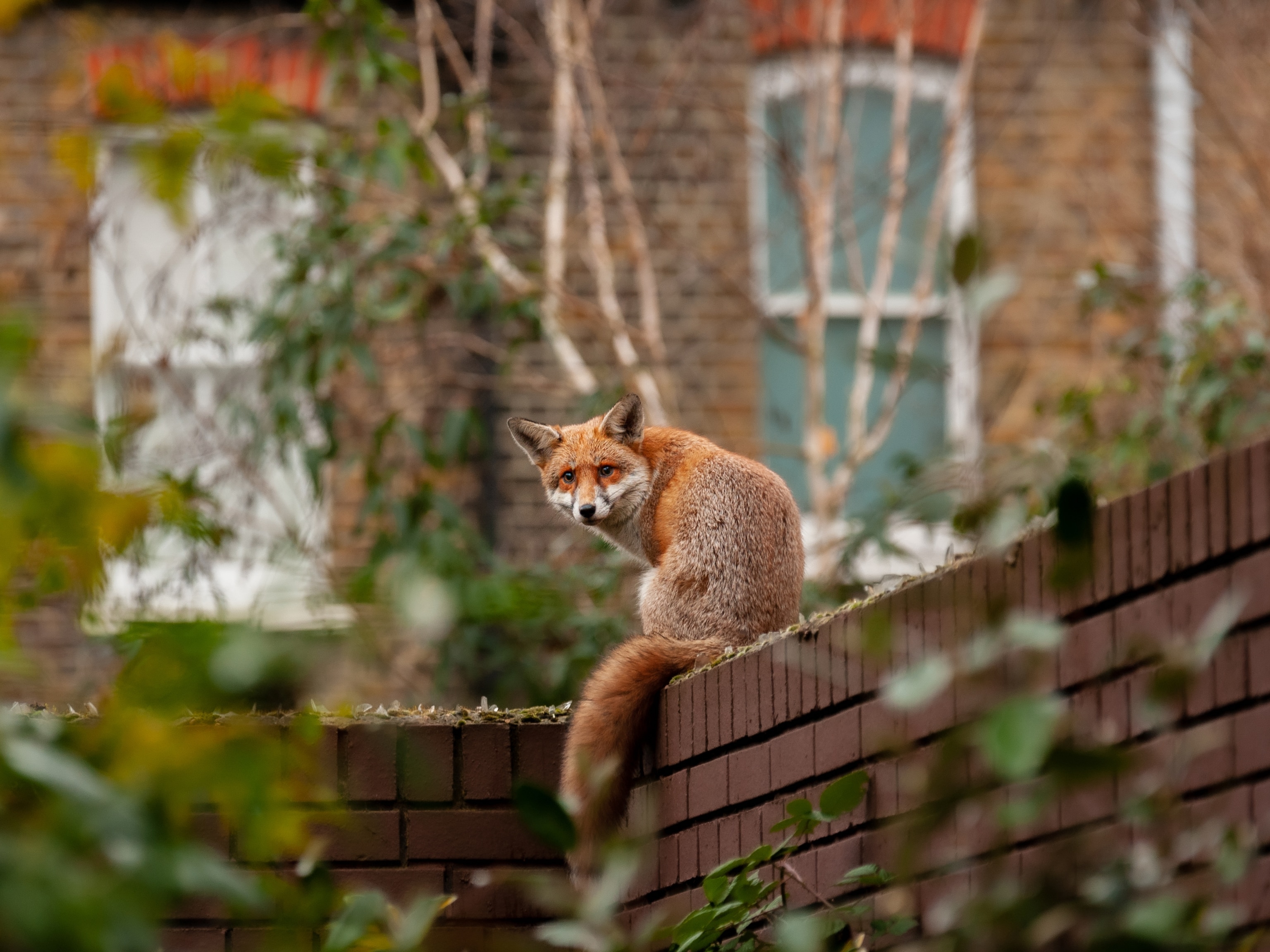See the best wildlife photos of 2020
A rare, hopeful image of a Siberian tiger in Russia's Far East won Russian photographer Sergey Gorshkov the honor of Wildlife Photographer of the Year.
A Siberian tiger bathed in dappled light stands on her hind legs and embraces an ancient tree. Her eyes are squeezed shut, her mouth is pulled into what looks like a blissful smile, her cheek is pressed against the bark. It’s a moment of pure beauty: Siberian tigers are highly endangered, but this one, notably, is at peace.
For his photograph of this rare, fleeting moment, called “The Embrace,” Russian photographer Sergey Gorshkov has won the prestigious Wildlife Photographer of the Year, awarded today by London’s Natural History Museum.
“It’s a scene like no other. A unique glimpse of an intimate moment deep in a magical forest,” said Roz Kidman Cox, chair of the judging panel, in a press release. The photograph of a highly endangered animal experiencing a tranquil moment “offers us hope,” said Tom Littlewood, the museum’s executive director of science. “Through the unique emotive power of photography, we are reminded of the beauty of the natural world and our shared responsibility to protect it.”
When Gorshkov—a regular contributor to National Geographic's Russia edition—set out to photograph a Siberian tiger in its native habitat using a remote camera trap, he knew that his chance of getting the shot was incredibly slim, he told the competition’s judges. Only a few hundred Siberian tigers are thought to remain, and they can have home ranges of 90 to up to 740 square miles. To determine where to set up his camera trap, Gorshkov scoured the Land of the Leopard National Park, in the Russian Far East, for signs of tigers, studying trees for scent markings, tiger hairs, urine, or scratch marks. When he thought that he’d found a good spot, he set his camera trap opposite a Manchurian fir tree, an old-growth species native to the region. It took him 11 months to capture this photograph.
The competition, which is in its 56th year, encompasses 17 categories of wildlife photography that include behavior, photojournalism, and portraiture. This year, the competition received 49,000 entries from photographers around the world. Judges are looking for innovation, narrative, and technical skill. (See last year’s winners here.)
Thirteen-year-old Liina Heikkinen of Finland won Young Wildlife Photographer of the Year, the competition’s other top distinction, for her photograph of a young fox devouring a goose as white feathers fly amid the frenzy, which she captured on the island of Lehtisaari, in the suburbs of Helsinki.
National Geographic photographer Kirsten Luce won the prize for a single photojournalism image, for her photograph of a captive polar bear performing in a Russian traveling circus. Of the 17 categories, Luce and Heikkinen were the only female winners.
Behind the shot
Luce captured the polar bear image while documenting captive wildlife entertainment in Russia as part of a global investigation on wildlife tourism that she and I reported for National Geographic in 2019. When we learned about the traveling polar bear circus, Luce says, we “scrambled to change our reporting plans to squeeze in a 36-hour trip to Kazan [in southwest Russia] because we needed to witness the only known performing polar bears in existence.”
On November 3, 2018, we watched four muzzled polar bears perform a circus-on-ice act as their trainers controlled them with metal rods. They caught basketballs, pretended to play musical instruments on hind legs, and ballroom danced. In between tricks, they would roll around on the ice, scratching and licking it up, taking advantage of a few minutes of contact.
While getting this shot didn’t involve painstakingly setting up camera traps or months of waiting, it had its own obstacles.
“My challenges for this shot were probably very different from other wildlife photographers because I was seated in a theater,” Luce says. We had paid for tickets like every other audience member, and mobility was limited. “I had to do the best I could while shooting with a long lens, through blue safety netting, in a stationary spot,” she says.
“I knew that this picture would shock and surprise our readers because polar bears are so often used as an iconic symbol of conservation,” Luce says. Two other images from Luce’s reporting were also named finalists in the same category—elephants posing with tourists on a Thai beach, and beluga whales performing in a pop-up traveling circus in Russia. (See tips on responsible wildlife tourism.)
Photographer Paul Hilton also won for work on wildlife exploitation. His project on the global wildlife trade, including a photo of a chained monkey in a back room of a Bali bird market, was given the photojournalism story award.
“As these images begin circulating more widely on social media and on the internet, we’re noticing an awakening in peoples’ minds,” Luce says. These photos make it harder to ignore the suffering of wild animals for humans’ use.




















